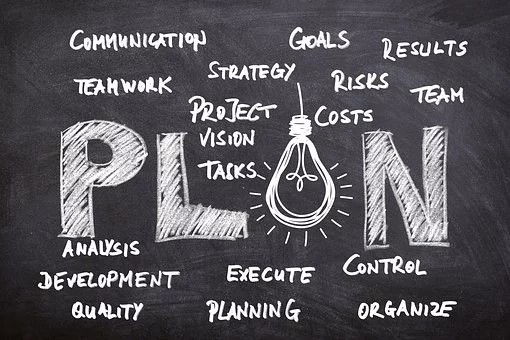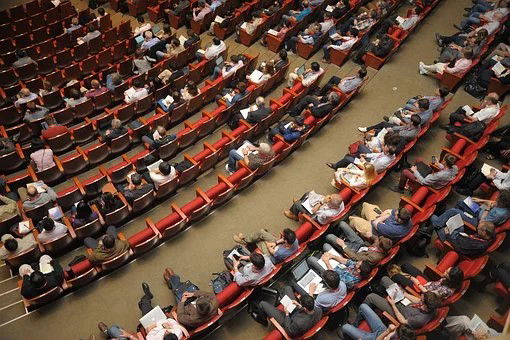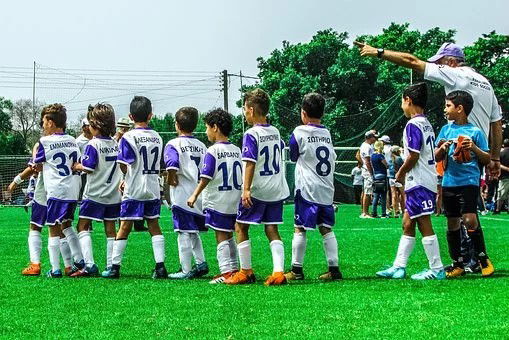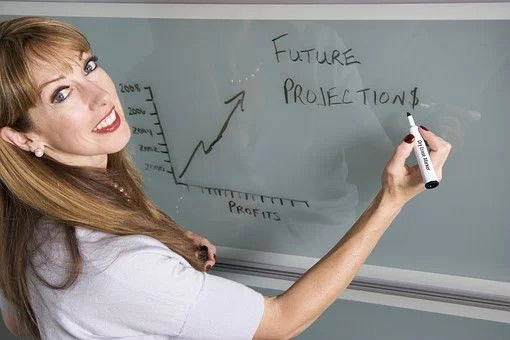Articles #Organizational Behavior
Side projects, interesting new ideas, and the crisis of the day can divert resources from key activities. In isolation, pursuing these small ideas might make sense, but when put in the broader context of the entire organization’s transformation plan, leaders get to see exactly how non-essential these distractions are.
Read MoreLeaders MUST grasp the fact that before people will accept change, they must first become aware and fully understand what is to be accomplished and then be convinced of the need for it. They must be given the facts about the situation facing the organization, the level of improvements needed to become competitive again and the new organizational standards expected. Communications must have substance and meaningful information; it cannot be a simple playbook handed out for all to use.
Read MoreAs a leader, you must foster an open mindset coupled with an independent quest for knowledge.
Read MoreLeaders MUST ensure that learning events include experiences that shape the right beliefs and build individual behaviors for maturity. Members and leaders talk about their own mistakes, insights they've gained, and their own quest for knowledge through lessons learned. Leaders advocate for sharing knowledge while empowering others through coaching them to build competencies and confidence through hands-on experience.
Read MoreThe critical thinking process is what's going to differentiate leaders and the solutions developed versus rushing off without any thought at all.
Read MoreLeadership development depends not just on the kinds of experience one has but also on how one uses the experiences to foster the development of new beliefs and behaviors.
Read MoreEffective leaders are diligent and deliberate about creating an environment that is conducive to learning. Learning aspects of informal and formal leadership in support of leadership culture.
Read MoreLeaders MUST understand their own accountabilities as the leader. Both what you're accountable for, and who you're accountable to. In terms of what you're accountable for, obviously, your own work, but also your team's work. This you have to hold them accountable for delivering those results.
Read MoreThe leader keeps in touch with people through systematic habitual shop-floor visits, regular one to one and small group communication, follow up and confirmation of the process. While maintaining this close contact, the leader will coach and guide people by involvement in the process and problems – go see, be present with those doing the work. This “go see” provides the opportunity to model new beliefs and actions. This is followed by giving each individual the environment for innovation, risk-taking, and engagement which is risk-free/fear-free; thereby the new experience which encourages people to challenge and be creative in their efforts to improve the process while being accountability for behaviors, skills, and actions.
Read MoreModel the standard behaviors and actions so that everyone is clear as to what the normal condition is versus abnormal.
Read More













